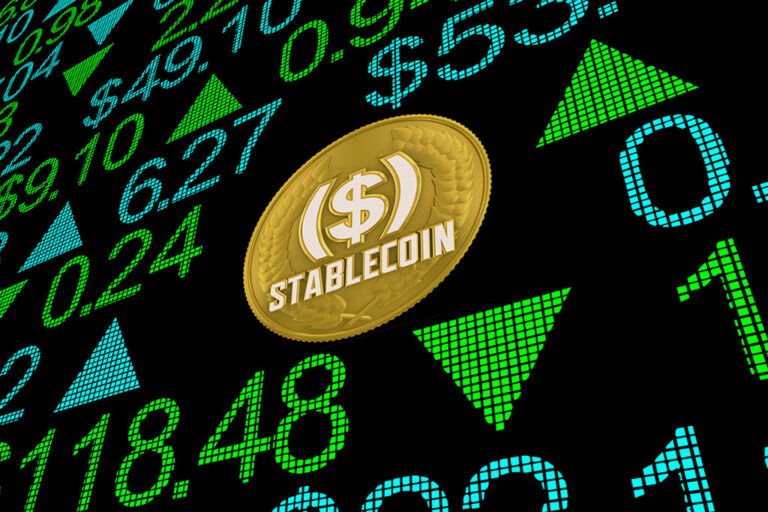Despite their dominance in active address counts, TRON and BSC pale in comparison to Ethereum and Solana in terms of transfer volumes.
Stablecoins are fast growing in popularity, and the result is now evident in the number of addresses that hold them. According to the data from rwa.xyz, such addresses have climbed 15% this year alone, soaring to a record high of over 93.6 million.
These digital assets, which maintain a 1:1 peg to external references like the US dollar, can be classified into three main types. They are fiat-backed, crypto-backed, and algorithmic stablecoins.
Of all stablecoins, though, Tether (USDT) is unquestionably the biggest in terms of the number of holders. About 80% of all stablecoin addresses hold USDT, then closely followed by USDC and BUSD. As of this publication, there are 35 stablecoins in circulation with a collective market capitalization of $157 billion. Of that lot, Tether USDT boasts a market cap of $114.07 billion.
As in the number of addresses that hold stablecoin, the number of addresses actively transferring stablecoins has also surged. March alone saw over 26 million active addresses, a record amount that signaled significant retail investor participation. These transactions took place primarily on TRON and Binance Smart Chain (BSC).
Meanwhile, despite their dominance in active address counts, TRON and BSC pale in comparison to Ethereum and Solana in terms of transfer volumes.
Growing Use Cases
It might be worth noting that the stablecoin holding addresses have been on a steady rise for months. Even during the 2022 crypto bear market and seemingly against all odds, the tally continued on the uptrend.
According to analysts, that growth could be linked to increased investor interest in assets that promise more stability. Especially considering the rapid interest rate hikes that the Federal Reserve was implementing at the time.
Besides, a 2022 Federal Reserve report also noted that there were rising use cases for stablecoins. These include and are not limited to cross-border payments, internal fund transfers, and liquidity management within firms.
Furthermore, the versatile digital assets can serve an array of purposes depending on the geographical location. For instance, a country like Zimbabwe struggling with inflation would utilize stablecoins for payments, remittances, and store of value assets. More stable economies, on the other hand, may use stablecoins to facilitate crypto purchases.
Rating agency S&P predicts that regulatory clarity will encourage banks to adopt stablecoins. As Coinspeaker also recently reported, US Senators Cynthia Lummis and Kirsten Gillibrand introduced a comprehensive 179-page bill aimed at regulating stablecoins.
next